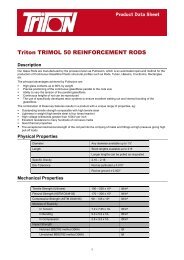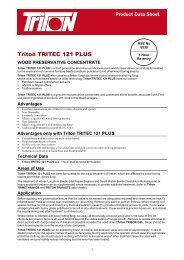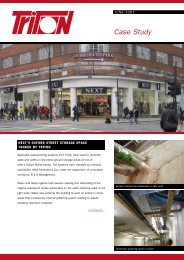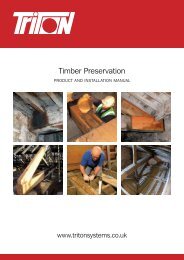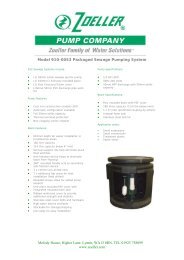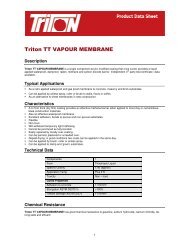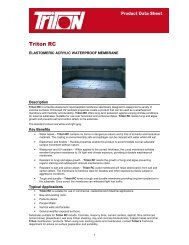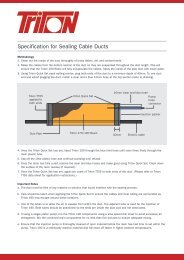Green Roofs - GreenSpec
Green Roofs - GreenSpec
Green Roofs - GreenSpec
- No tags were found...
You also want an ePaper? Increase the reach of your titles
YUMPU automatically turns print PDFs into web optimized ePapers that Google loves.
Action Plan. Its natural habitat is decaying vegetation, such as the bases of grass and rushtussocks in acid grassland and heathland, but it is better known as a plant of thatched roofswhich are in the early stages of decay. It used to be fairly widely distributed across southernEngland but with the decline of thatch it has become rare, with only 8 post-1970 records inthe UK, of which four were on thatch, including a recent one (1994) from Thomas Hardy’sCottage in Dorset. A variety of other more common mosses also occur on thatched roofs e.g.Ceratodon purpureus and Syntrichia (Tortula) ruralis). Even where thatched roofs stilloccur, they are often unsuitable for this species since these days the thatch tends to berenewed before it reaches a suitable stage of decay (Urban Wildlife News 1999).The Newcastle BAP is of note because it specifically identifies man-made structures as beingimportant for some species. Species mentioned include starling, which roosts on oldbuildings; kittiwake, which nests on bridges; kestrel, which nests on the roofs of blocks offlats; and black-headed gull which uses a factory roof in internationally important numbers.The draft Hull LBAP (Hull Biodiversity Partnership 2002) includes a built environmenthabitat action plan. Whilst it does not specifically mention roofs, it does recognise theimportance of buildings for lichens, wall-fern, bats and hirundines.Table 5 A checklist of species which might benefit from green roofstaken from National, London and Birmingham Biodiversity Action Plans, and Biodiversity Audits for Londonand East AngliaSpeciesHow green roofs couldhelpUKBAPLondonBAPBirmingham& BlackCountry BAPBiodiversityAudit forEast AngliaPipistrelle and other bats Improved foraging andartificial roost sites+ + + +KestrelForaging and artificialnesting sites+ + +Song thrush Foraging + + +Goldfinch Foraging + +<strong>Green</strong>finch Foraging +House martinImproved foraging andartificial nesting sites+ +SwallowImproved foraging andartificial nesting sites+ +Pied wagtail Foraging +Black redstartForaging and artificialnesting sites+ + +House sparrowForaging and artificialnesting sites+ +Wall butterflyBreeding and foraginghabitat+Buttoned snout mothHypena rostralisCould utilise green roofs orwalls planted with hop + +Brown-banded carder beeor ‘humble bumble’Bombus humilis 2Humulus lupusForaging (and possiblynesting) habitat + + +2long-tongued bumblebees in English Nature’s Species Recovery Program. Both bumblebee species requireabundant forage plants especially Fabaceae, Scrophulariaceae, and to a much lesser extent Asteraceae,Lamiaceae. Workers particularly favour plants such as Lotus, Odontites, Ballota, Trifolium pratense andqueens will use species such as Fodder vetch Vicia villosa and Broad-leaved Everlasting pea Lathyruslatifolius, which could be seeded or planted on green roofs.32



